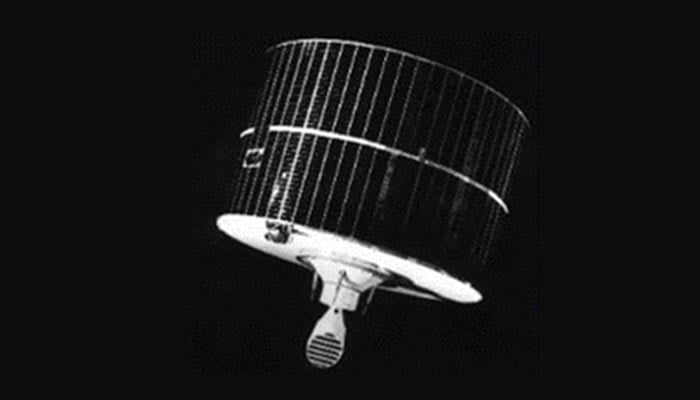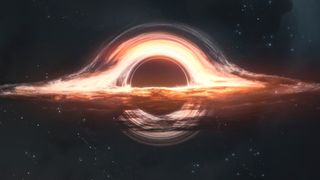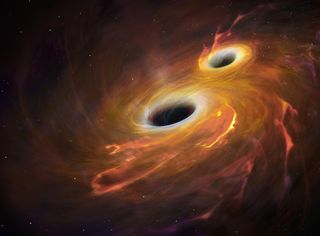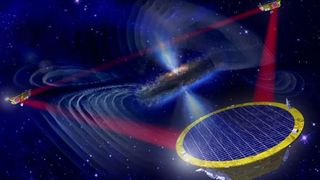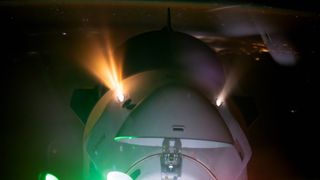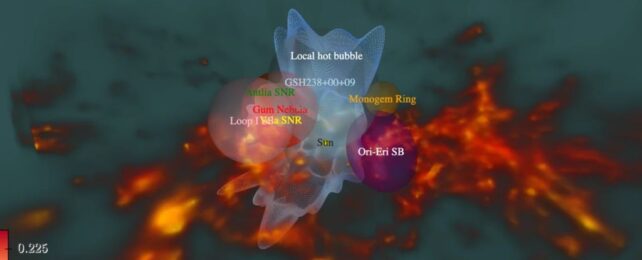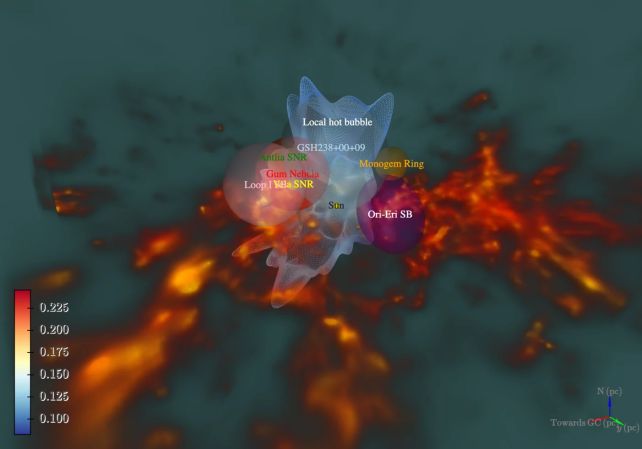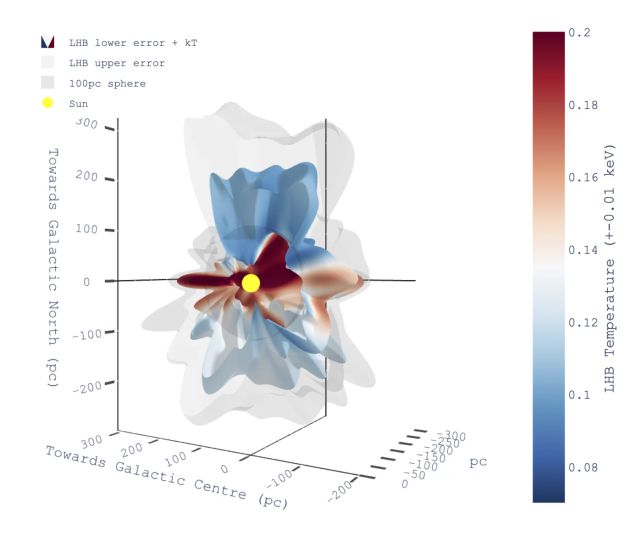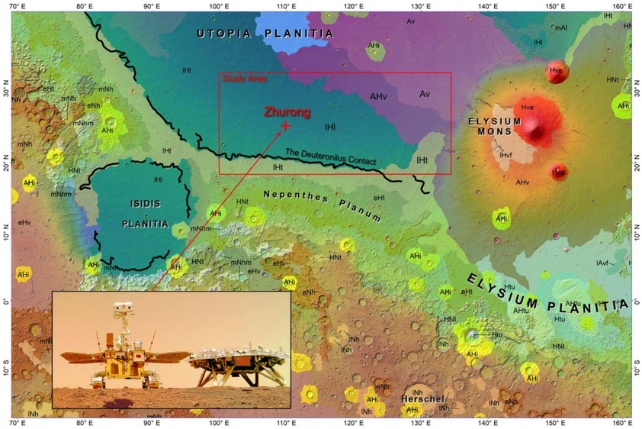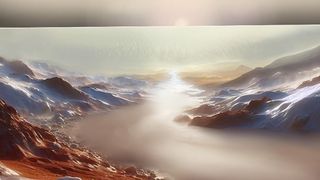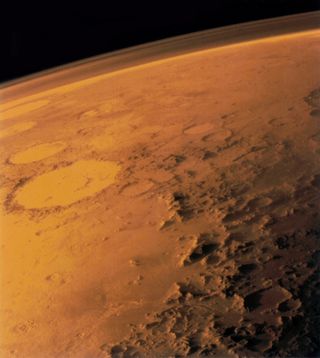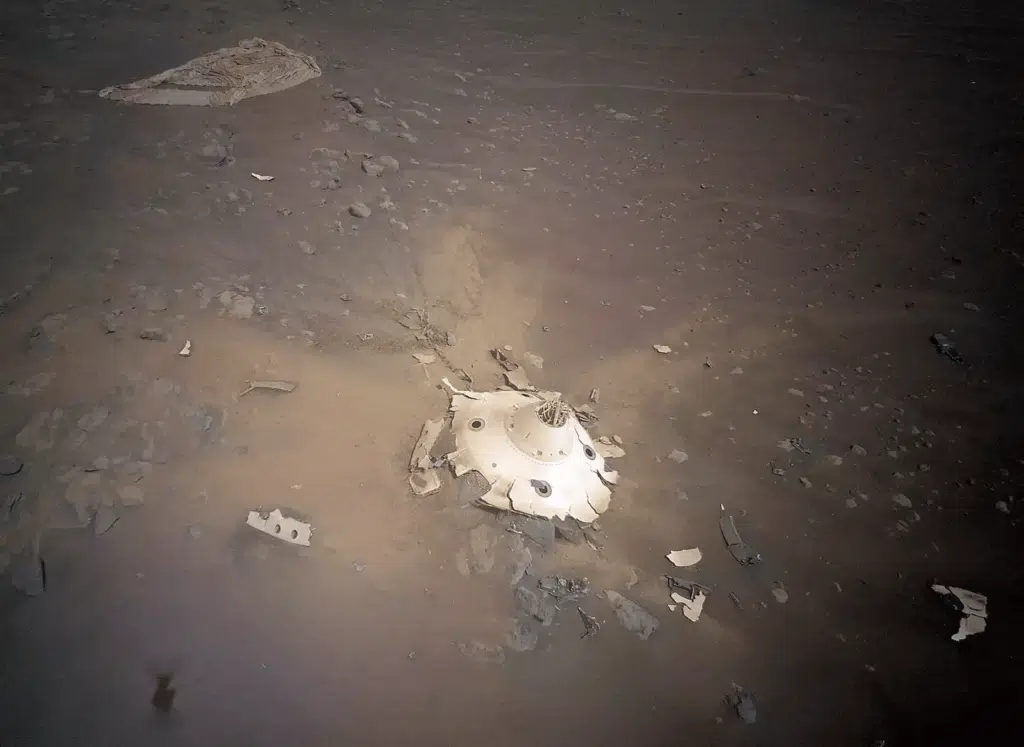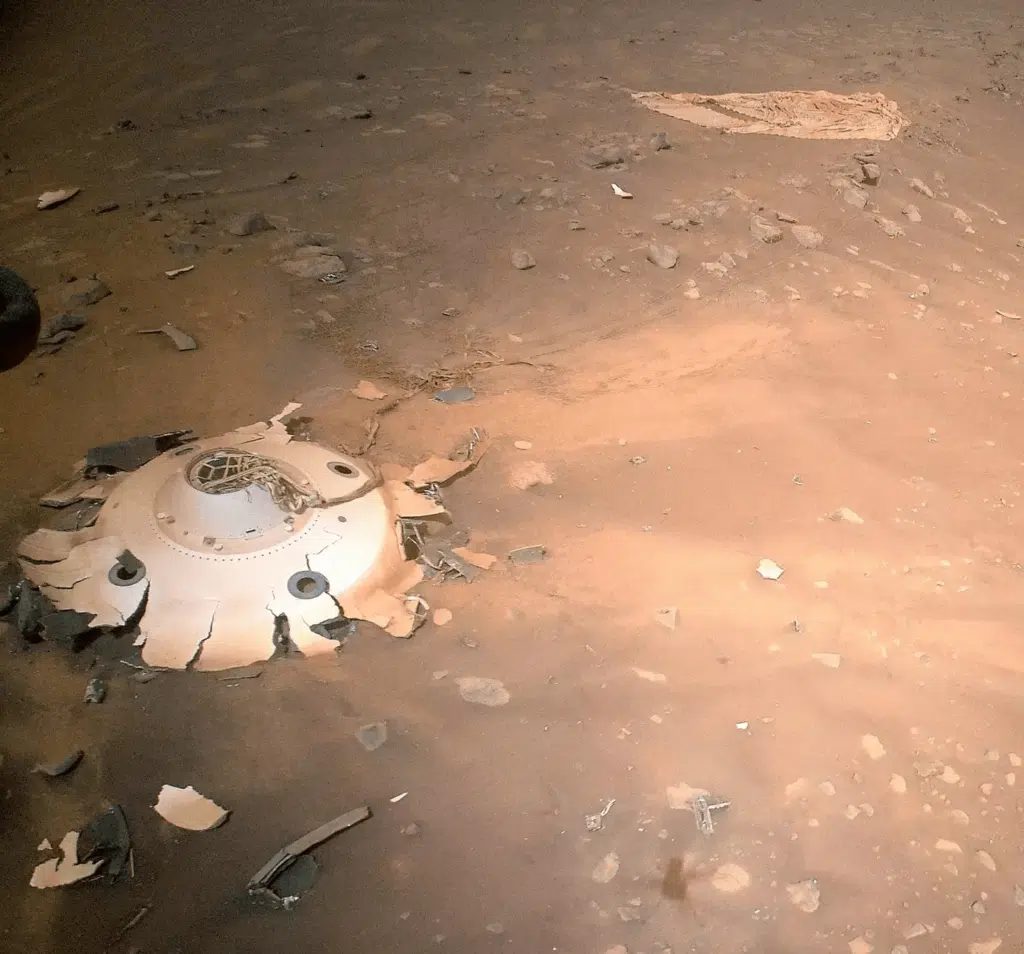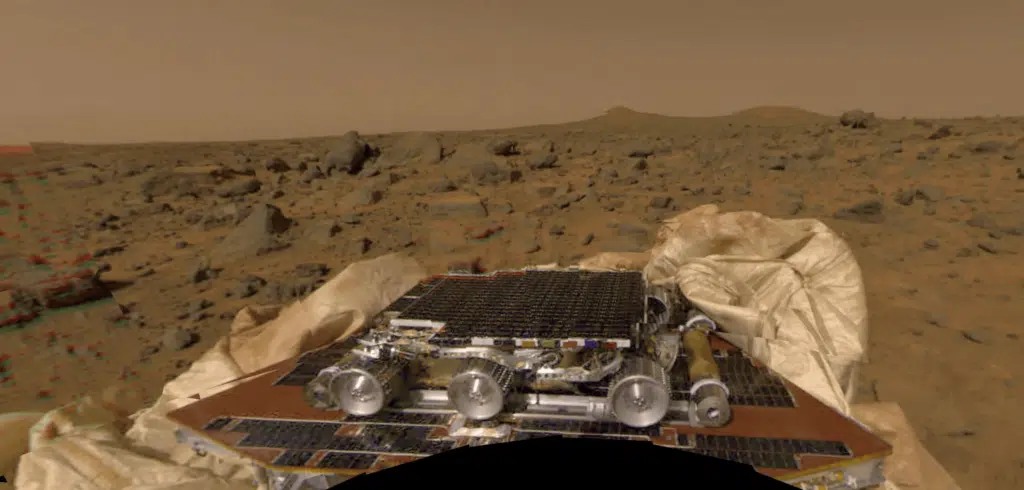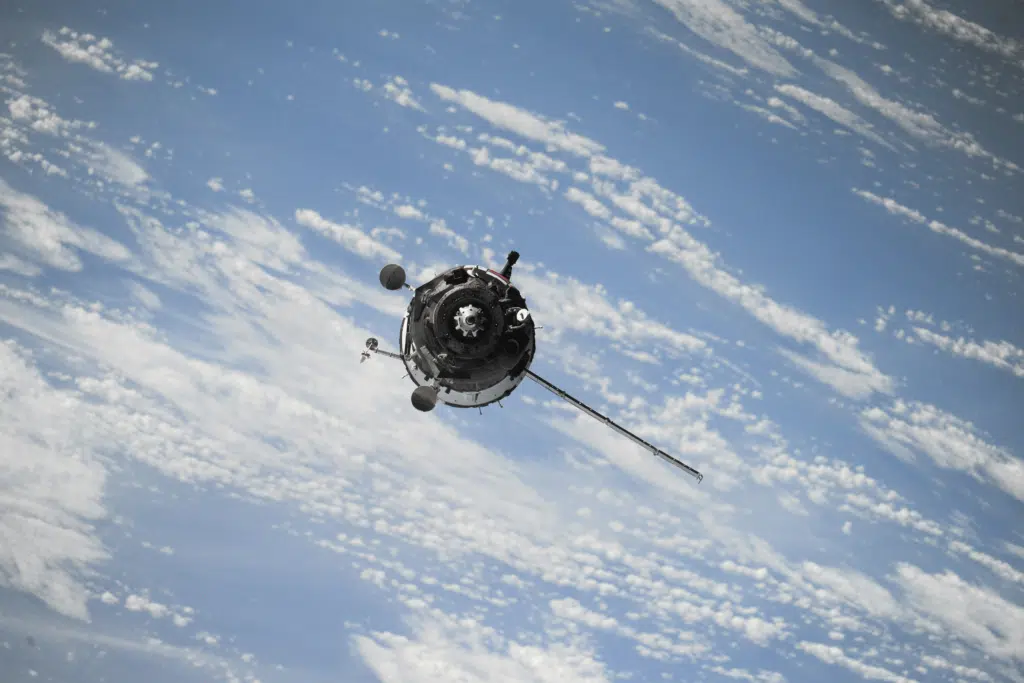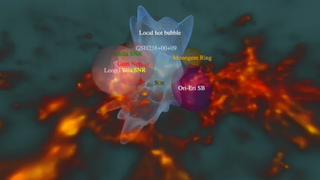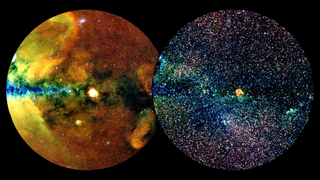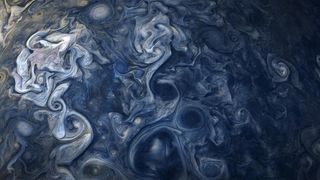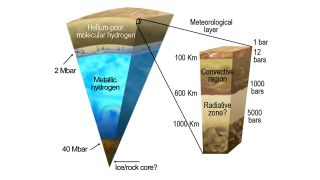By Chris Green
November 13, 2024
Source: Originally published by Z. Feel free to share widely.

In case you have not heard, Donald Trump was just elected President of the United States for a second time. The United States is in for some extremely difficult months and years ahead. The situation is made worse by the narrow vision and cluelessness of mainstream liberals pooh poohing legitimate voter concerns about the cost of living increases which played a major role in securing Trump’s victory. At their worst, these liberals have argued that the Biden economy was absolutely marvelous and anyone disagreeing was brainwashed by right wing propaganda. They have cited strong economic indicators achieved under Biden’s presidency but are oblivious to the fact that all too many Americans are living paycheck to paycheck, barely keeping their heads above water. It is foolish to think that Trump will do anything but make the affordability crisis of health care, child care, transportation, housing and groceries worse. But the Democrats have been feeble in offering their own solutions to these problems.
From mainstream media analysis in recent years it has been easy to get the impression that Trump is a populist with a “white working class” base but that is misleading. As political scientist Anthony Dimaggio and others have shown, the core of the MAGA base is in the middle and upper middle classes. In this year’s election, 37% of the eligible voting population did not participate. Trump was elected with the votes of only 29% of the eligible electorate. Poor and working class people are significantly overrepresented among non-voters, the largest group among the electorate in this and every presidential election in recent memory.
Nonetheless, as this year’s election showed, Trumpism has a visible foothold in the working class. Exit polls indicate he won 45% of union voters, 53% of voters with household incomes between $30,000 and $50,000 and 51% with household incomes between $50,000 and $100,000
Richard Seymour’s Disaster Nationalism
How did we get to this point? Is there anything we can do to effectively defeat Trumpism? Some heavy food for thought on these questions is provided by the book Disaster Nationalism: the Downfall of Liberal Civilization, published late last month.
The book’s author, Richard Seymour, is a highly impressive intellectual with an interesting life story. He had a troubled childhood in Northern Ireland but eventually achieved a PhD in sociology at the London School of Economics. He rose to public notice in the 2000s as the proprietor of a blog called Lenin’s Tomb and as a luminary in the British Socialist Workers Party (SWP). In 2013, being of courageous and independent minded character, Seymour made a public break with the SWP’s leadership after revelations emerged that the party had covered up multiple sexual assaults by a leading party member. He has published numerous books on subjects such as British politics, social media, the history of American anti-imperialism and the intellectual decline of the late Christopher Hitchens. These days his main publishing forum is a Patreon page. Along with the noted Marxist fiction writer China Mieville, he is a member of the editorial collective of Salvage, a UK based radical left journal of fiction, sociological and political essays. He also periodically writes for The Guardian.
In Disaster Nationalism, Seymour seeks to understand the far right populism that has become ascendant in the United States and around the world. He attaches the term “disaster nationalism” to these movements. For Seymour, disaster nationalism has not yet reached outright fascist proportions–although he allows that in many cases it has made significant strides towards that end.
For example, he observes that during the George Floyd summer of 2020, MAGA took on the characteristics of an outright counterrevolutionary insurgency. Trump was faced with mass protests–which had significant popular support, at least initially–seeking fundamental progressive transformation of US law enforcement. The response by MAGA officialdom at the national level and among local police was to cooperate with violent, far right thugs like the Proud Boys. They embraced the vigilante murderer Kyle Rittenhouse and seemingly quietly approved of the dozens of vehicular assaults by vigilantes on BLM protestors. Meanwhile, federal law enforcement agents, operating secret police style in unmarked vehicles, started snatching BLM activists from the streets of Portland, Oregon, and in Washington state, local police deputized as US Marshals conducted an apparent extrajudicial execution of Michael Reinoehl, an antifascist activist accused of murdering Proud Boy Aaron Danielson.
Seymour suggests that among Trump’s global allies, Israel governed by Netanyahu and India under Narendra Modi’s premiership have reached the farthest on the road to facism. Netanyahu, of course, is currently waging a literal war of extermination in Gaza. Modi’s Hindu fundamentalist government has imposed a regime of outright totalitarian terror in Kashmir and actively eroded citizenship rights for India’s Muslim minority, while police terror and mob violence against the latter has soared under his watch. For example, since Modi rose to power in 2014, hundreds of Indian Muslims have been lynched by Hindu vigilantes enforcing government laws banning the slaughter of cows and consumption of beef.
Modi, of course, is most famous for being the chief minister of the Indian state of Gujarat in 2002, leading the incitement of Hindu mobs that–with police complicity–massacred hundreds, perhaps thousands of Muslims. Seymour devotes a few paragraphs to describing the gruesome methods through which many of those Muslims were murdered. Another major Muslim pogrom overseen by Modi was the Delhi riots of February 2020, incited by politicians of Modi’s BJP party in response to mass protests against the erosion of the citizenship rights of the country’s Muslims. As Seymour observes, this pogrom occurred concurrently as Modi–-making the ultimate symbolic statement–received his friend Trump on an official state visit, just a few miles from the central area of the violence.
Disaster Nationalism: Fascist or Prefascist?
Seymour is reluctant to label disaster nationalist movements as outright fascist: he states that, at the moment, they show predominantly prefascist characteristics. None of the movements Seymour studies have fundamentally destroyed preexisting institutions of bourgeois democracy. None of them have the ideological coherence of Hitler or Mussolini and none of them–Modi’s BJP is perhaps an exception–are able to mobilize the sort of political and social organizations with deep and widespread roots among ordinary people that Hitler and Mussolini could.. Unlike the movements of Hitler and Mussolini (to say nothing of the neoconservatives ascendant during the presidencies of Ronald Reagan and George W. Bush), adherents of disaster nationalist movements like MAGA show no particular fervor for global military expansionism. Unlike Hitler and Mussolini, leaders like Trump and Modi have made no pretense of eliminating the economic stratification produced by unregulated capitalism. Trump, Modi and their ilk worldwide accept the fundamental inequalities produced by neoliberal capitalism–although they have sometimes offered rhetoric criticizing aspects of that capitalism.
Seymour notes there is another major difference between the disaster nationalists of today and the classical fascists of yesteryear. First and foremost, ruling classes of both Germany and Italy backed fascist politics as their primary method in destroying vibrant radical left and labor movements that were ascendant in both countries. In contrast, disaster nationalists in the United States and around the world face a political landscape where radical left movements and labor unions have been in serious long term decline.
Unlike classical fascists, disaster nationalists are notable for a complete lack of rationality. There is no organized group or political current that presents any serious threat to overturn existing social and economic hierarchies in the United States (or practically anywhere else in the world). However, the minds of MAGA adherents are often filled with the most idiotic paranoia and fantastical conspiracy theories about George Soros, Antifa, undocumented immigrants, pro-transgender teachers, Chinese communists and similar malefactors imminently poised to completely destroy American institutions and traditions. Many adherents of disaster nationalist movements like MAGA–in their capacity as political thinkers and activists–are profoundly stupid people. The irrationality and ineptitude of MAGA followers led to a serious setback for their movement on January 6th and we can only hope that there will be more cases of them self-destructing.
For Seymour, a prime illustration of disaster nationalist idiocy and irrationality is the spread of the rumor during the Summer of 2020 that wildfires in eastern Oregon were set by Antifa activists. Scores of armed MAGA sympathizer vigilantes spread out in the region, setting up checkpoints on roads and in other ways harassing people in order to hunt down the mythical Antifa malefactors. Seymour observes that the actual primary trigger for the wildfires was climate change.
At the same time, as noted above, Seymour is willing to allow that modern disaster nationalism does share characteristics with classical fascism. Obviously, leaders like Trump and Modi-as with Hitler and Mussolini before them–use racist demagoguery, scapegoating of alleged subversives–immigrants, Muslims and political progressives in the case of Trump and Modi– to mobilize their base. Seymour predicts that destruction caused by climate change in the years and decades ahead will provide further opportunities for fascist style politics. He points out that this is already the case in the Indian state of Assam where Modi’s regime has been inciting violence and conducting terror against Muslim Bangladeshi refugees who have fled climate disaster in their native country.
Although modern disaster nationalists lack the fervor for state economic intervention of HItler and Mussolini, they often call for governments to adopt industrial policies that will supposedly reverse deindustrialization (for example Trump’s fervor for imposing tariffs on Chinese imports). Like Hitler and Mussolini, disaster nationalists often adopt a populist tone, posing as the champion of a “deserving” (i.e. white) working class whose hard-earned income has supposedly been siphoned off for welfare payments to undocumented immigrants and who have been abused and exploited by “woke” big business.
Seymour notes that a region like eastern Oregon is particularly vulnerable to far right propaganda. Its key industries of fishing and logging in long term decline at the time of the Great Recession in 2008, the region was hit with particularly severity by the meltdown and has not recovered since. In connection to this dynamic of social and economic disintegration, Seymour quotes a 2020 statistic that 12% of the population of Oregon overall were alcoholics.
Similar to the fascism of Hitler and Mussolini, the disaster nationalism of Trump has gained its initial core support among middle class elements fearful of downward mobility in the midst of economic and social breakdown caused by neoliberal economic policies.Seymour observes that this core support rooted in the middle class–in the case of both classical fascism and modern day disaster nationalism–eventually makes inroads into other economic classes, including the working class.
Seymour writes that in spite of Trump’s promise to provide material bounty for American workers, “average incomes under Trump grew more slowly than under his predecessor, and the rich gained far more than anyone else.” What really has drawn masses of Americans to Trump’s movement is not material improvement but what Seymour calls the “psychological surplus offered by nationalist renewal” and “the ethic of popular war against national enemies” e.g. undocumented immigrants, Antifa, “wokeness,” etc.
Seymour notes that this dynamic of a charismatic demagogic leader enchanting masses of ordinary people and inciting them to their worst instincts of hatred and cruelty was clearly on display in the Philippines after the election of Rodrigo Duterte as president in 2016. By the time Duterte left office in 2022 he was the most popular head of state on the planet, gaining an almost unanimous approval rating from all economic classes of Filipinos–in spite of the fact that poverty in the already deeply impoverished country steadily increased under his presidency. As president, Duterte incited regular police and private vigilantes to form death squads that murdered tens of thousands of alleged drug addicts and street criminals. This anti-crime campaign served as a convenient cover for a reign of terror against Duterte’s political dissidents, particularly those on the left.
Marx and Freud
Seymour’s argument that demagogues like Trump and Duterte divert ordinary peoples’ attention from the injustices caused by economic elites with the device of demagogic scapegoating of society’s weakest groups–or that they pretend to be populist while actually serving economic oligarchy–is not particularly original. What is original are the tools of analysis he brings, fusing Marxist analysis with psychoanalysis. At some point, perhaps 7 or 8 years ago, references to the psychoanalytic theory of the likes of Sigmund Freud and Jacque Lacan started to appear in his writings–to the distaste of a few of his Marxist admirers. He latched onto psychoanalysis at least in part as a way of understanding his own childhood traumas–but also in order to mine it for insight into the human mind that might facilitate the revolutionary socialist goal of achieving the full flowering of human freedom. Like a true revolutionary socialist, Seymour argues that the best antidote to the disaster nationalism of Trump & company is the creation of conditions for the full flowering of what Karl Marx called the “species-being”: the fundamental needs of humans to create, live, work, love and play, without coercion and in solidarity with other people.
There is one point in the book where Seymour’s laborious psychoanalytic dissection of the motivations of followers of disaster nationalist movements has me a little lost. It is in the book’s chapter where he makes an argument, which I find unconvincing, relating to persons who believe the conspiracy theory that the Covid vaccine contains a microchip which allows Bill Gates to spy on persons receiving the vaccine. In holding such beliefs, according to Seymour, people are really attempting to unconsciously suppress “erotic fantasies of bodily penetration.” I think he is on stronger ground when he applies this same Freudian analysis to fans of Andrew Tate, the American-British, pro- Trump misogynist influencer and reputed sex trafficker. Tate, who has achieved an alarmingly wide influence among young males in the UK, has heavily implied publicly that he would be willing to rape women if he felt like it. In defending Tate’s stance–that he deserves to get away with rape because he is a “top G”–Seymour posits that the influencer’s “extremely suasible male fans” are really displaying an unconscious openness to being raped by Tate himself, should their hero desire it.
One of a Kind
I fully admit that I don’t always follow some of Seymour’s Freudian analysis or fully understand all of his theoretical arguments, at least upon first reading. As when I read essays on his Patreon page, Disaster Nationalism had me periodically resorting to the proverbial dictionary (Google) because the author sometimes peppers his prose with advanced vocabulary (for example, detumescence and misprision). I can report that the author’s use of such vocabulary didn’t derail my understanding of his fundamental arguments.
I also believe that Disaster Nationalism (and his other writings) show Richard Seymour to be an extremely intelligent person with whom I never fail to feel intellectually stimulated after I’ve read him. In Disaster Nationalism, I particularly recommend chapter 6, which features Seymour applying his concept of disaster nationalism to Israel’s current genocide in Gaza. It is the best part of the book. It contains really first rate writing and analysis.
In the breadth of his knowledge, intellectual curiosity and intelligence, Seymour, in important ways, is comparable to the late Mike Davis. He is a treasure amongst the English speaking Marxist left.








